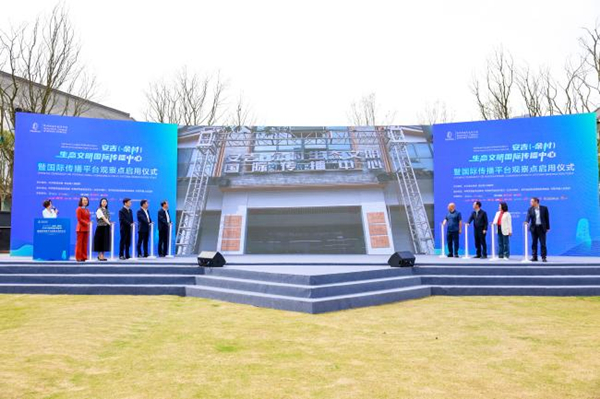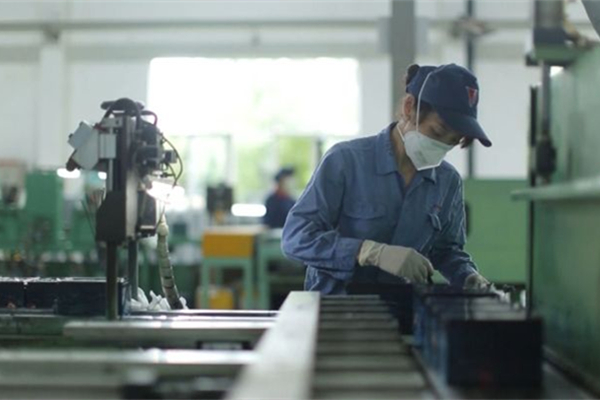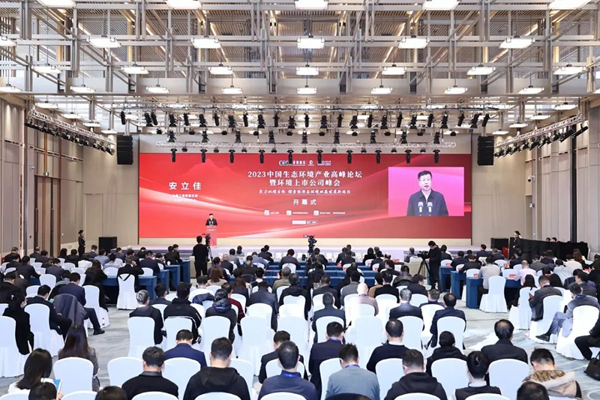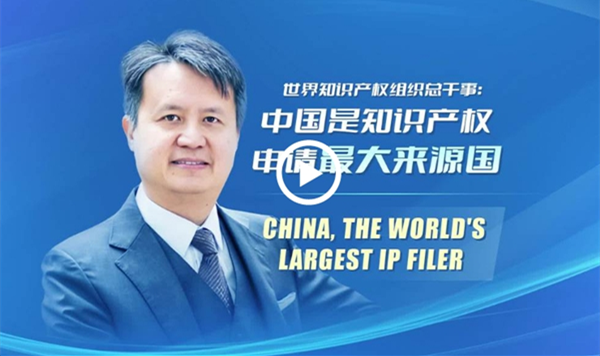China, a hopeful land for common prosperity
Narrower gap, broader happiness
Since a slew of economic reforms and opening-up policies was introduced by late Chinese leader Deng Xiaoping in 1978, China has stepped onto the track of a socialist market economy, which has brought huge changes to the country that could be called an economic miracle.
With the country's economy expanding at an average of 9.5 percent since 1978, which was far beyond the world economy's 2.9 percent in the same period, economic imbalances have also emerged as figures showed that the rich have become richer, while poor places continued to lag behind.
China's development inequality is mainly manifested in three fronts - urban-rural income gap, regional imbalance and gaps across different industries, according to observers. But they said that while the imbalance is natural in a market-oriented economy, it is only temporary.
"The imbalance has been widening in recent years due to multiple factors ranging from accelerated urbanization and industrialization, and the development of a market-oriented economy which will easily lead to some resource monopolies," Hu Qimu, chief research fellow at the Sinosteel Economic Research Institute, told the Global Times on Wednesday.
According to Cong, the urban-rural income gap has contributed over 50 percent to the development imbalance. "If we want to realize common prosperity, we should put more efforts on the vast remote village to boost the local economy," Cong noted.
For Shao Qingjun, a villager of Huayuan village, Dongyang city, East China's Zhejiang Province, he's proud to live in the village, earning more money than the average income in some underdeveloped cities.
Engaged for more than two decades in the redwood furniture sector, a pillar industry of the local rural economy, Shao witnessed the labor force surge in the past years in the village instead of the other way around since many people living in the village are inclined to make a living in urban areas.
"We have various industries to support economic growth, and convenient access to resources like education, medical care and tourism, which makes me very happy working in the village," Shao noted.
In July, authorities in Zhejiang launched a detailed road map for the 2021-25 period to build a common prosperity demonstration zone in the province. The guidelines aim to increase provincial residents' per capita disposable income to 75,000 yuan ($11,560) by 2025.
Tian Yun, former vice director of the Beijing Economic Operation Association, noted that some entrepreneurs who became rich first and amassed their wealth through illegal practices such as monopolies and corruption have further added to the imbalance.
"The top-down design of common prosperity shows that the [Chinese] central government will be sparing no efforts and be committed to fixing these issues, although those involving relocating residents' income are daunting tasks," Tian told the Global Times on Wednesday.
Hu Qimu predicted that Chinese authorities will improve their coordinating mechanism for primary and secondary income distribution. There will also be an overhaul in the tax system - for example, in rebate taxes and offering national subsidies to low-income groups, according to Tian.





